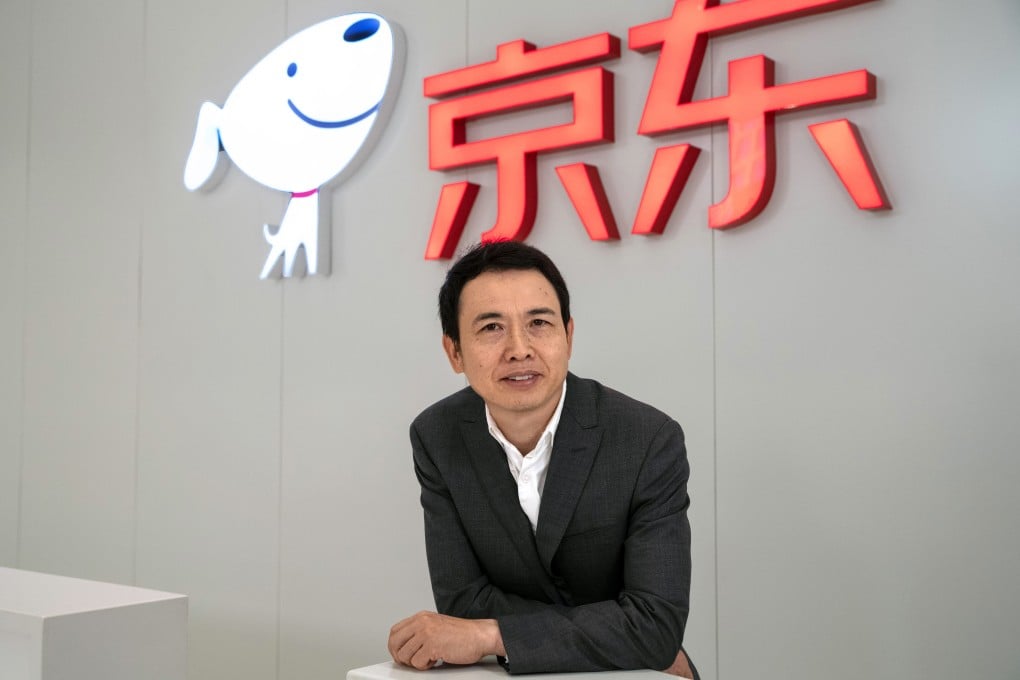JD.com considers food delivery business, a market almost completely controlled by Meituan and Alibaba’s Ele.me
- The e-commerce giant’s logistics affiliate Dada Nexus said a food delivery service is ‘still in the planning stage’
- Meituan and Alibaba together control 99 per cent of the market, but JD.com’s strength in logistics is seen as an asset

Xin Lijun, chief executive of JD Retail, told Bloomberg News that the company was exploring a move into the business segment because Dada Nexus, JD’s logistics affiliate, has strong capabilities in same-city delivery. The launch time will depend on the company’s capacity, Xin said.
A Dada representative said that the food delivery service is “still in the planning stage”. JD declined to comment.
JD has already been in talks with some restaurants in cities like Zhengzhou, in central Henan province, and will let Dada handle the deliveries, according to a report by Chinese online media outlet LatePost earlier this month.
If JD fully commits to food delivery, its main strength will be in logistics, according to Li Yingtao, director of retail and brand analysis at market research firm Analysys. “The company has built up a comprehensive delivery system and has rich experience in it,” he said.